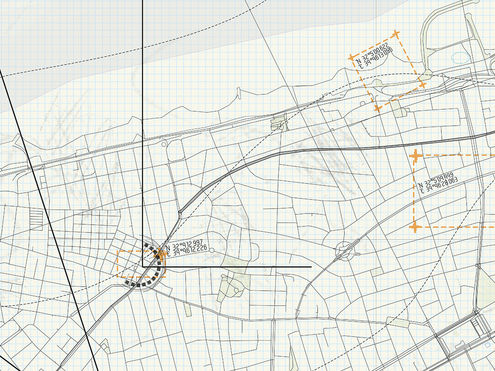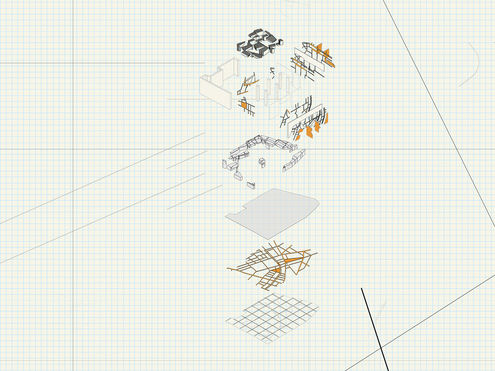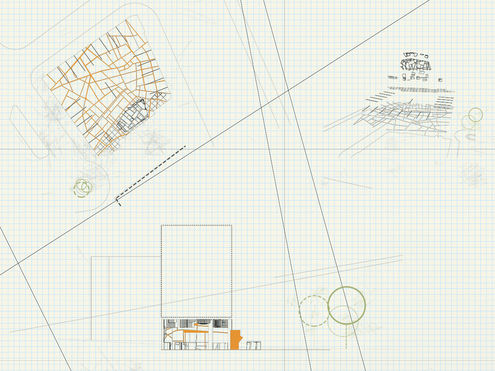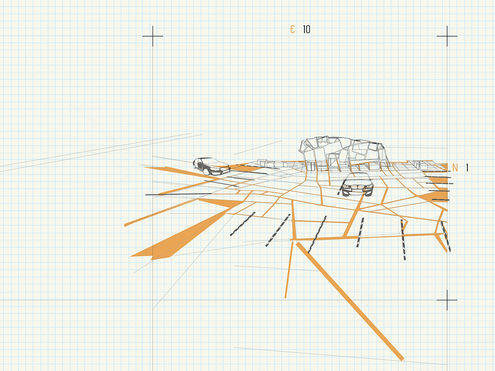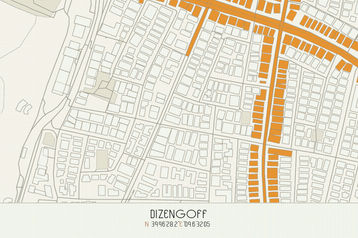LOBBiTLV
Final Project
My creative process began by looking at my life in the city of Tel-Aviv, and my meager acquaintance with the different city areas from my living environment. The research conducted by the office Derman-Verbakel Architecture for the strategic plan of Tel-Aviv city provided me an interesting thread to begin my project. In their research bystanders were asked in which places they have never visited the city, and the answers were quite surprising. The truth is, in most parts of the city. As Tel Aviv deserves to be called a multi-center city,I began to think why do people only stay in their own neighborhoods, or why wouldn't they visit other neighborhoods in the city at all. Mainly because of foreignness or unfamiliarity with the different neighborhoods. The city of Tel Aviv-Jaffa does not run the tourism sector with an overall view, leaving no strategic and clear vision that will position the city as a tourist destination. In order to make a friendly use city which is accessible and welcoming to its residents and visitors, I decided to create a network of urban lobbies scattered around several points in the city's neighborhoods. These centers will be located in most congregation areas, and will function as local information stations that mediate all local and current events in the neighborhood. The 8 stations will be located in Tel-Aviv Port and Promenade area, Dizengoff and Rothschild Streets, Carmel Market, Neve Tzedek, Florentin and Jaffa neighborhoods. These lobbies will offer docking, rest and refreshment services, human or interactive digital consulting, cellular charging spots, free wifi, public toilets and drinking water stands. These public spaces will serve as a part of an urban service for the benefit of inner and outer tourism. The design was inspired by Tel-Aviv’s city map which used as a tool to create total spaces in terms of floors, facades, walls, ceilings, lighting fixtures, screens, Information stands and seating areas. The design color matches the historical color of the city: white in reference to the former Tel Aviv (the white city), and orange in relation to Tel Aviv during the days of the orchards.



